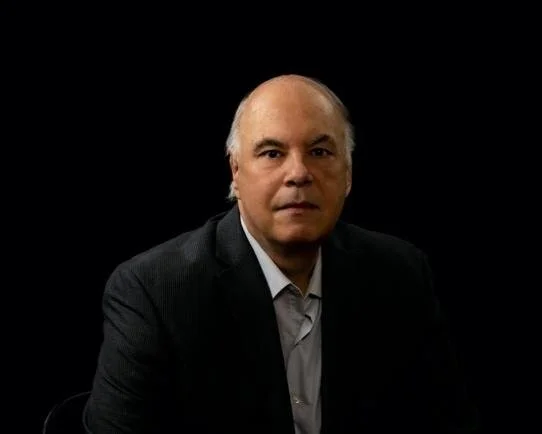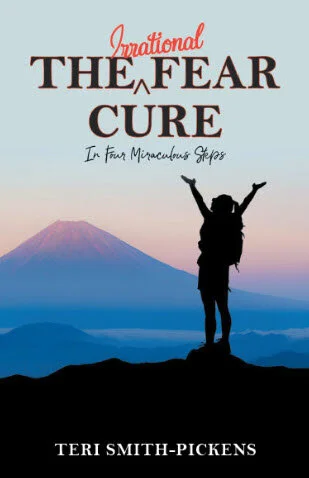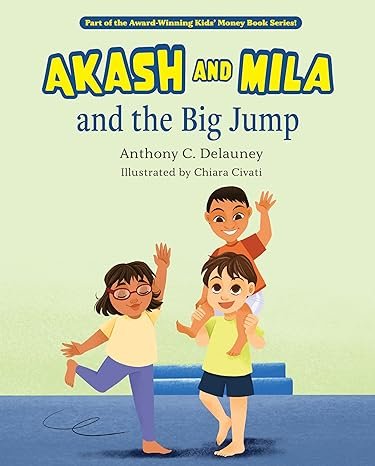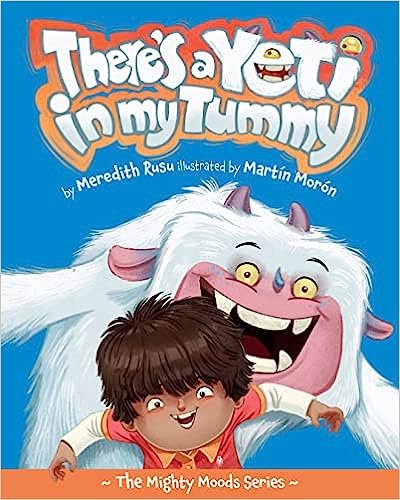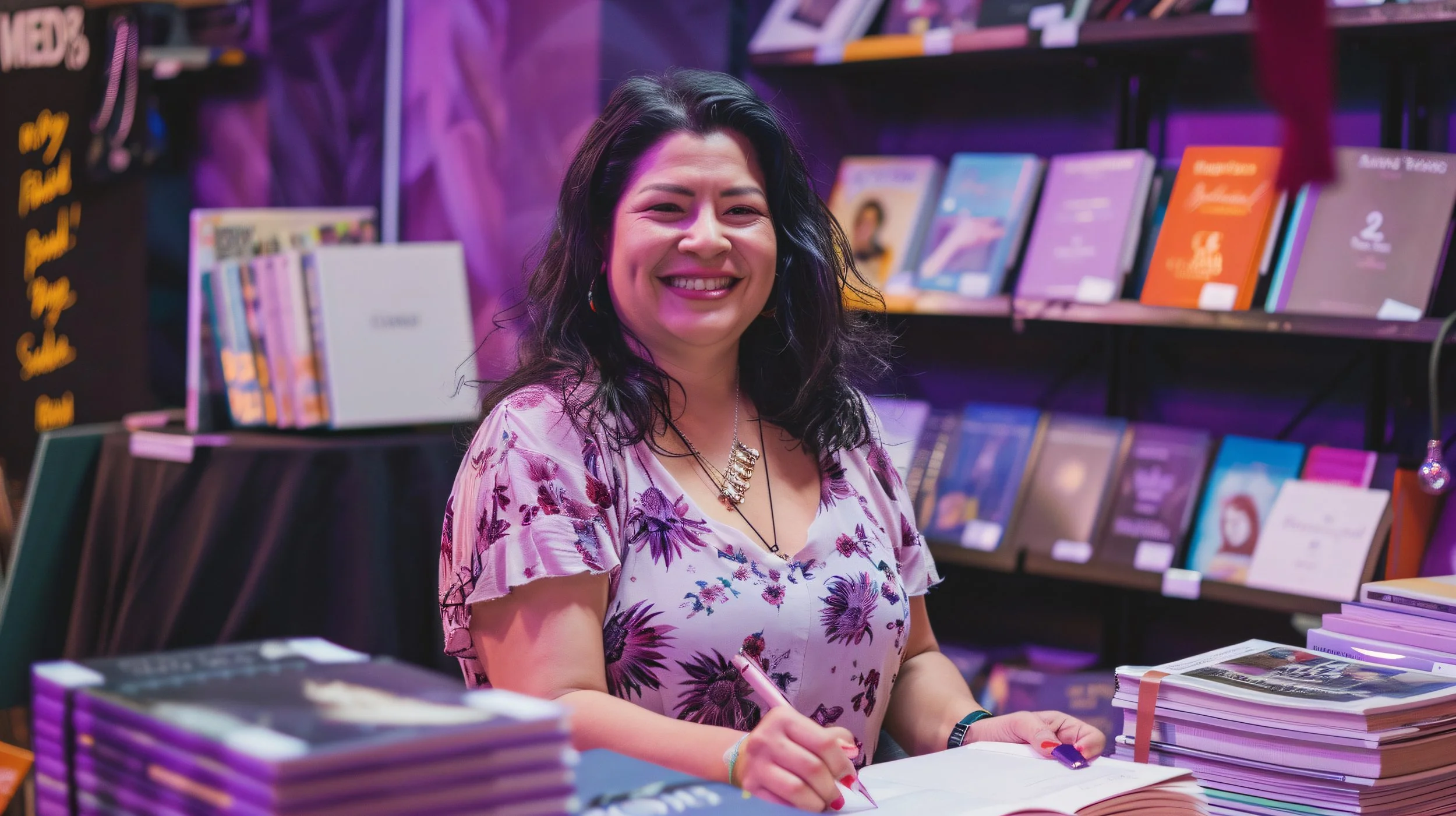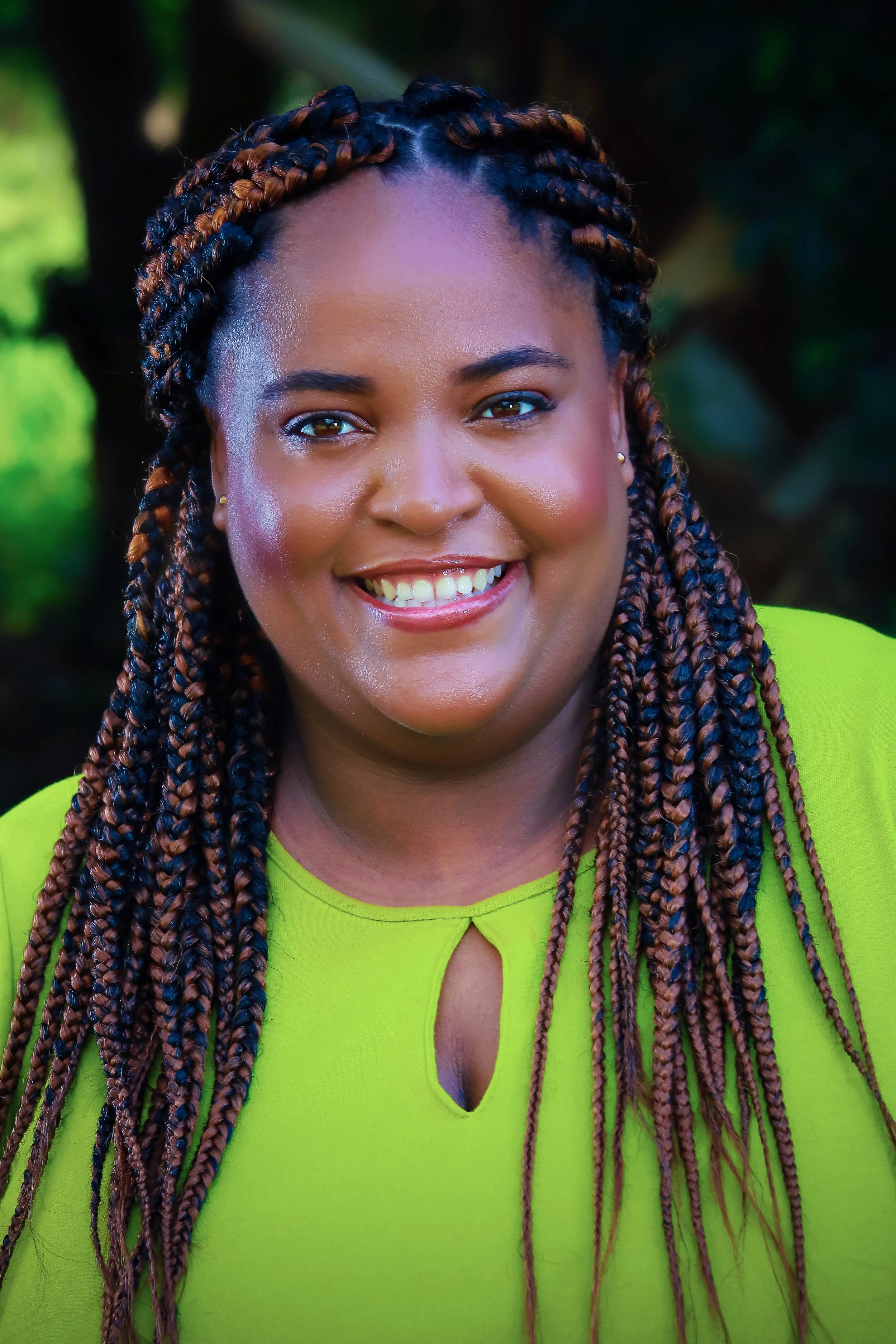Congratulations on your new novel, Through the Waters and the Wild! Tell us what the book is about.
Greg Fields: Coursing through several decades, Through the Waters and the Wild spans the farmlands of Ireland, the Irish Civil War, the corridors of power in Washington, DC, and the interior landscapes against which we all seek to craft identity and meaning. With well-drawn, complex characters, a strong narrative arc, and a poetic sense of place, Through the Waters and the Wild not only takes readers on an epic journey, but addresses the timeless questions, “Where shall I go now? What shall I do?”
Through the Waters and the Wild picks up where your last book, Arc of the Comet, left off but can also work as a stand-alone. Why did you decide to return to Conor’s story and what will fans of your first novel be most excited by?
Fields: Conor’s story was nowhere near closure at the end of Arc of the Comet. That was, in fact, the point of it, that there are no final, neat, tidy resolutions and that we all need to continue defining who and what we are. It made sense to carry Conor’s journey forward and to explore how he reacted to the losses he experienced. He’s a different person now – bruised, more cautious, less given to the passions and spontaneity that marked his earlier years. He’s become more like the rest of us.
What made you decide to feature the Irish culture and Ireland prominently in your books?
Fields: I believe that there’s no such thing as complete fiction. Much of Conor Finnegan’s career as described in the book reflects my own experiences, especially his experiences overseas in international development. My grandfather emigrated from Ireland, as did Liam Finnegan, but Liam’s story is not my grandfather’s. Still, I was inspired by the courage of leaving everything behind, the conscious choice to abandon the only world one has ever known.
Exile and redemption are some of the recurring themes in the novel. But what do you hope readers take away most from your writing?
Fields: Most of my writing revolves around the central questions that I believe each of us must constantly ask ourselves. I would hope readers would come away with at least a recognition of those questions in their own context. But what matters, and what’s subtly stressed throughout both novels, is that the answers to these questions are not nearly as important as the asking of them. When we fail to ask ourselves those questions, we cease to be truly alive.
You once had a memorable and fateful encounter with a big literary inspiration of yours, Pat Conroy, who quickly became a fan of your words after you recited a few lines for him. What was it about the meeting that inspired you to become a writer yourself?
Fields: I had written fiction for years, but the demands of a career always pushed that pursuit to the corner. A chance meeting with Pat Conroy as I was developing Arc of the Comet changed all that. Pat saw something in my writing that I did not know was there, and from that point I committed myself to giving every chance to prove the possibility that I might actually be a writer.
My wife, knowing how I loved Conroy’s work, surprised me with tickets to one of his talks and the VIP reception afterward. Knowing absolutely no one at the reception, I headed to the hors d’oeuvres table. Pat approached me from behind, put his hand on my shoulder and said, “We’ve not met. I’m Pat Conroy.” Something intuitive there, and we ended up talking one-on-one for nearly 20 minutes while the other guests circled around and glared at me. Pat was gracious, and we learned that we shared the same birthday, the same literary influences, and the same jump shot on the basketball court. He asked me to recite some of my work, and I was able to do so, after which he got quite serious and said that he wanted to read what I had. We corresponded, and Pat Conroy made me a writer. I’ve told this story many times, in greater detail, as an homage to my generation’s brightest literary life, and a man I came to love.
What’s next for you? Will you be writing another book around Conor’s story?
Fields: I’m working on the next novel. I can’t completely abandon Finnegan, but I think his story has run his course. He’ll make a few cameo appearances in a narrative centering on fresh characters. But the questions, the themes, will be similar to what’s come before, even though they’ll be pursued through different eyes.
About the Author
Greg Fields is the author of Arc of the Comet, a lyrical, evocative examination of promise, potential and loss, published by Koehler Books in October 2017. Arc of the Comet explores universal themes in a precise, lyrical style inspired by the work of Niall Williams, Colm Toibin and the best of Pat Conroy, who had offered a jacket quote for the book shortly before his death. The book has been nominated for the Cabell First Novelist Award, the Sue Kaufman First Fiction Prize and the Kindle Book of the Year in Literary Fiction. He is also the co-author with Maya Ajmera of Invisible Children: Reimagining International Development from the Grassroots. He has won recognition for his written work in presenting the plight of marginalized young people through his tenure at the Global Fund for Children, and has had articles published in the Harvard International Review, as well as numerous periodicals, including The Washington Post and the Minneapolis Star-Tribune. His short nonfiction has appeared in The Door Is A Jar and Gettysburg Review literary reviews. Greg holds degrees from Rutgers College and the University of Notre Dame. He lives with his wife Lynn and their son Michael in Manassas, Virginia. For more information, please visit www.gregfields.net or connect with him on Instagram and Facebook.


